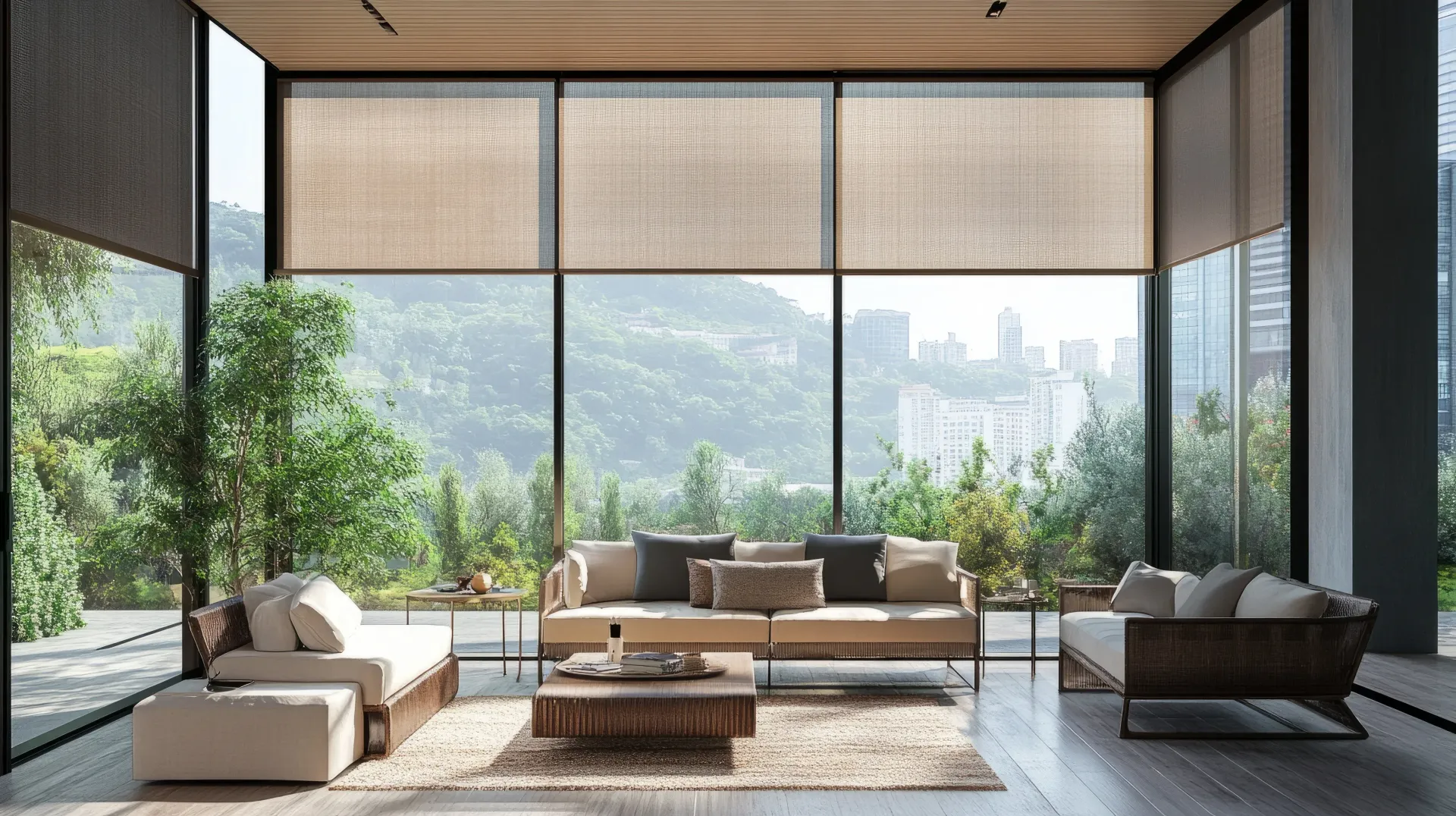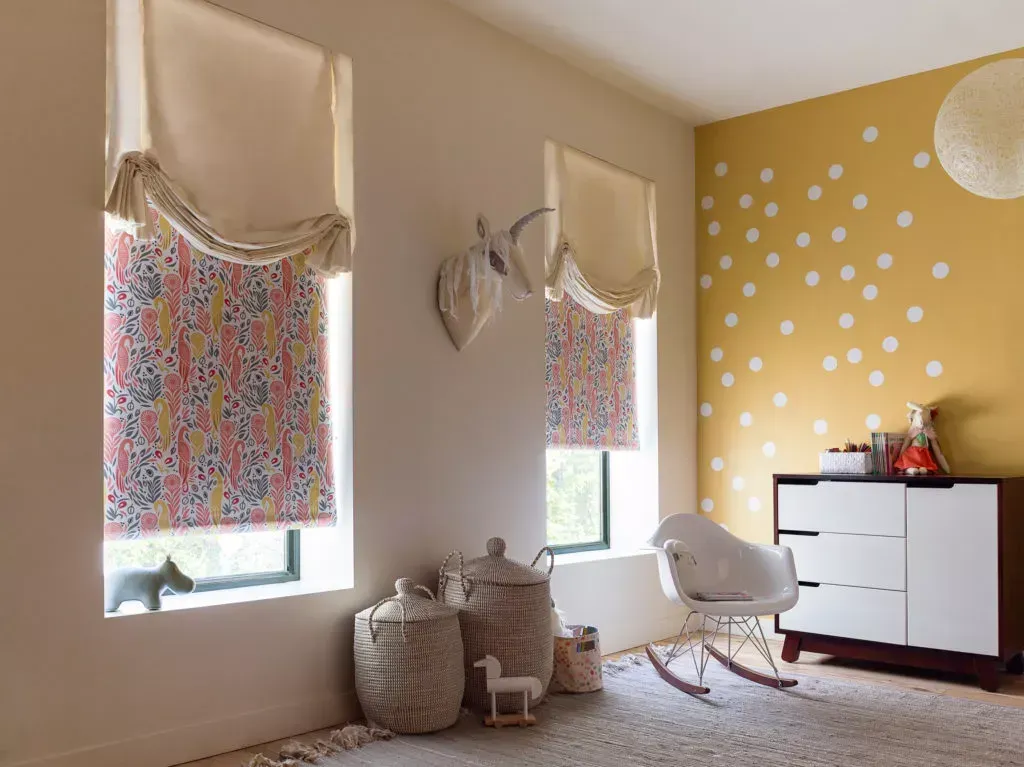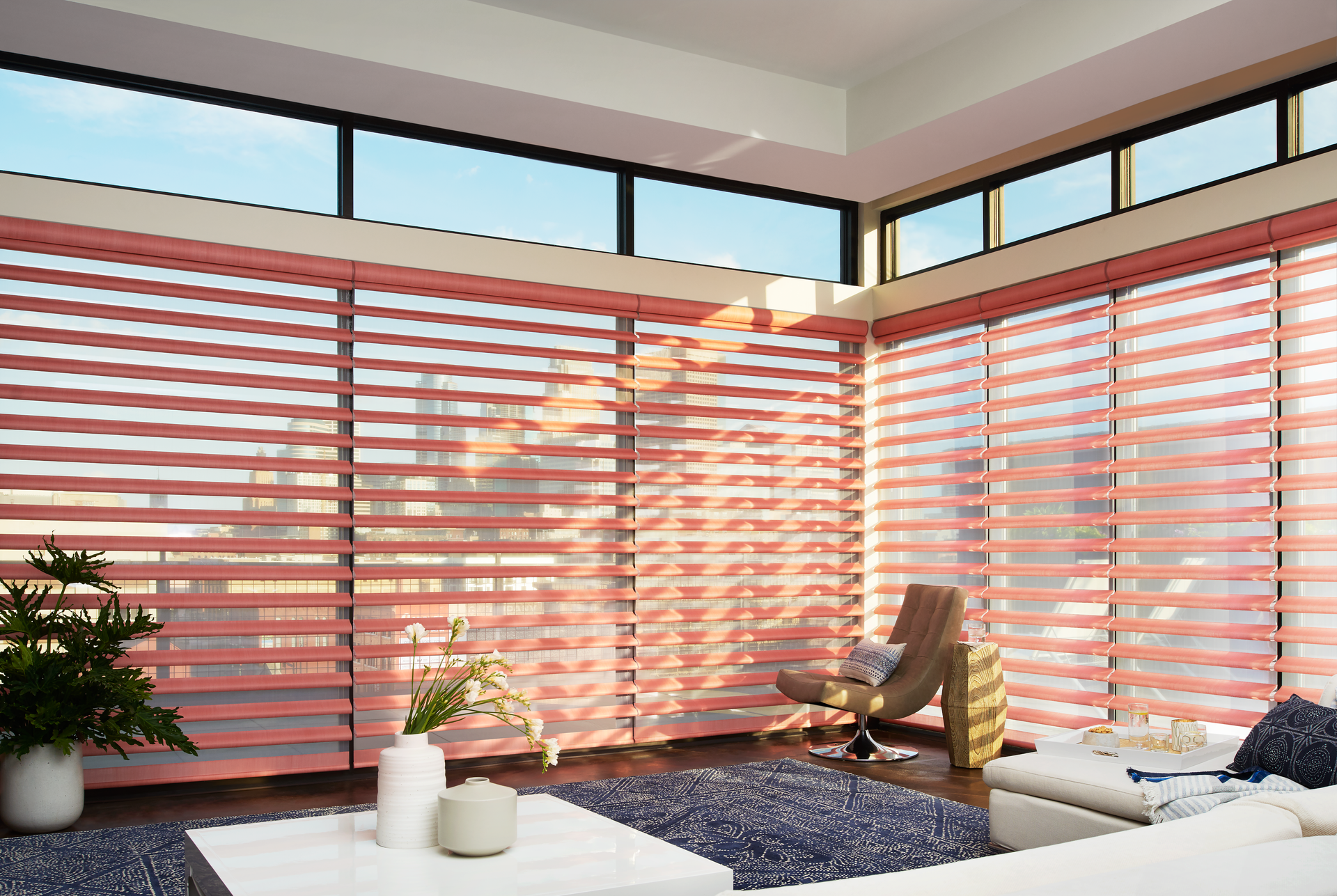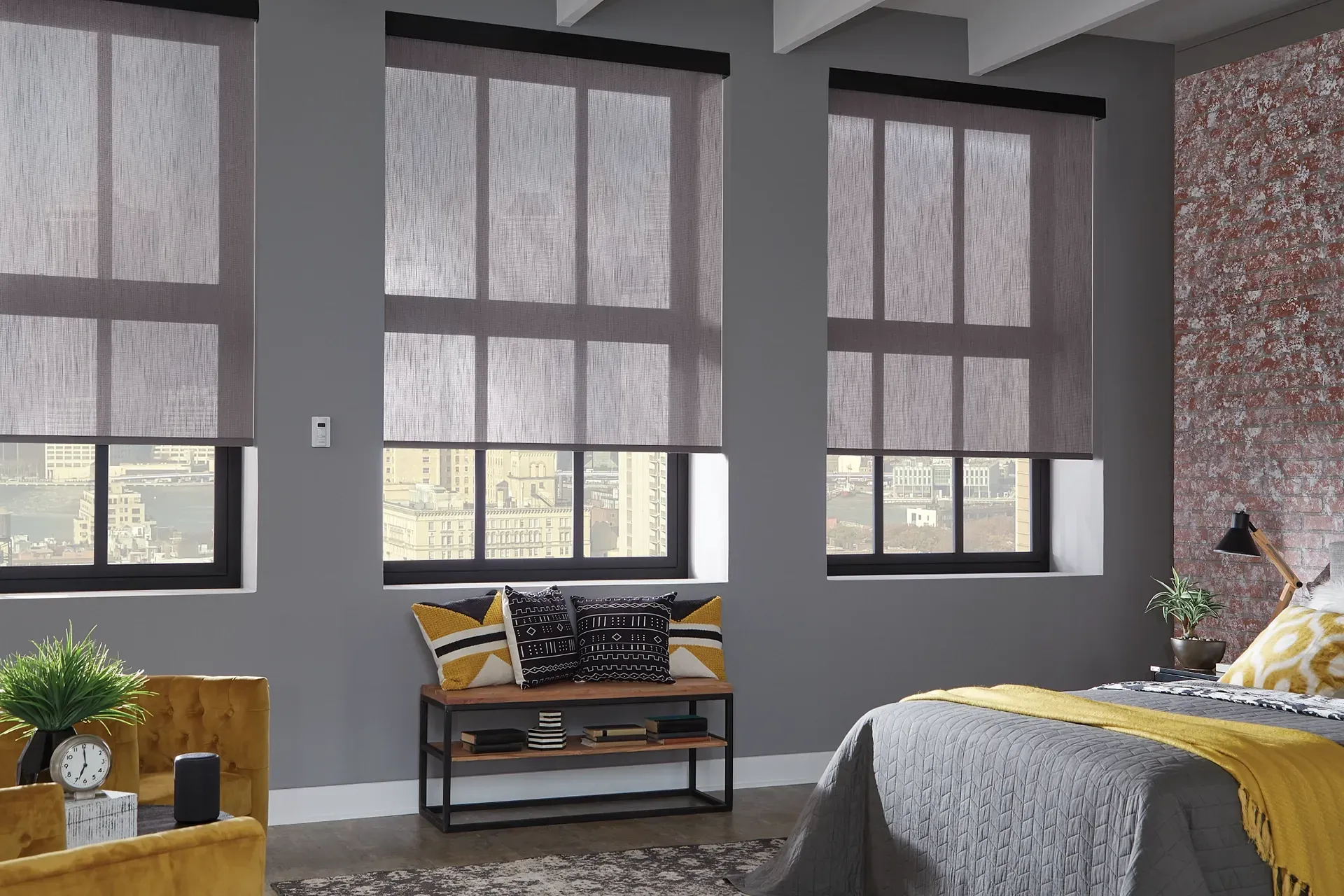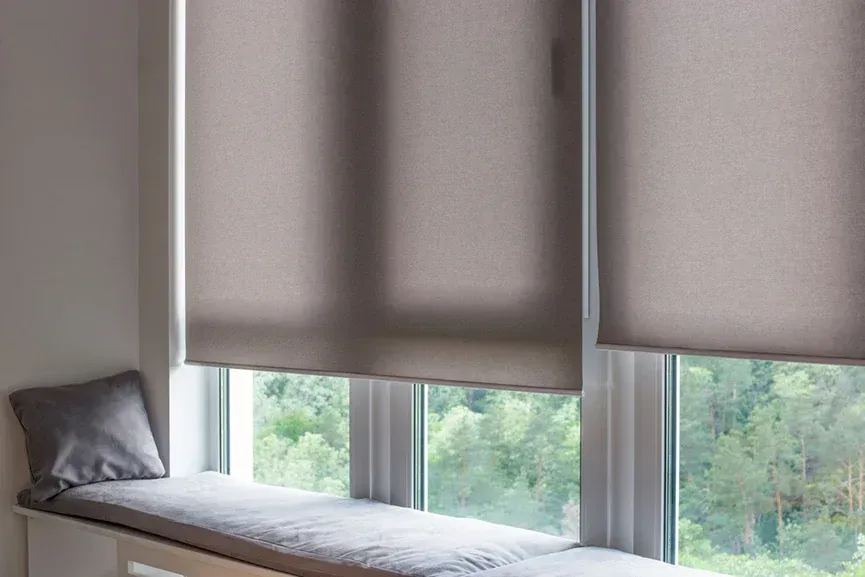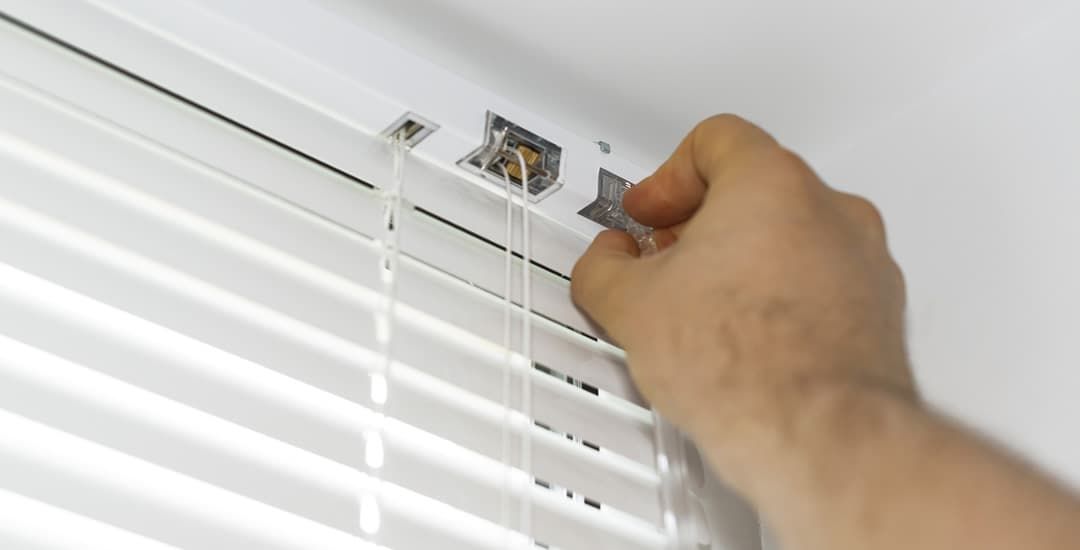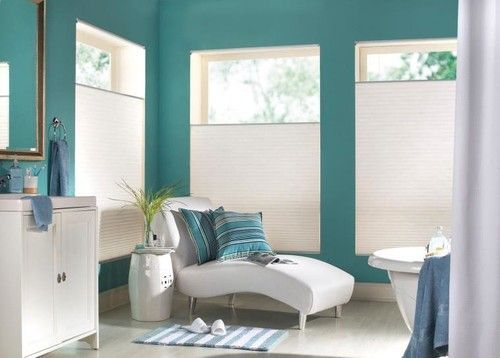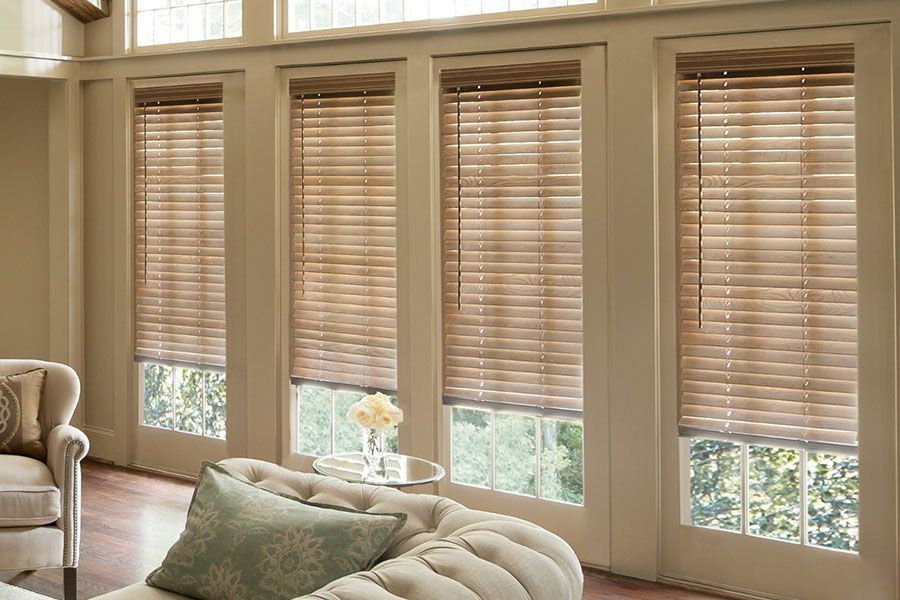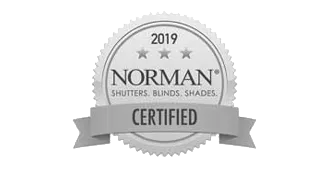LOVE IS BLINDS
How to Choose the Best Window Treatments for Privacy Without Blocking Natural Light?
TLDR;
The best way to choose
window treatments for privacy without blocking natural light is to use options that filter light while obscuring outside views, such as sheer shades, top-down bottom-up cellular shades, or layered treatments like zebra shades. Each choice lets you maintain brightness in the room while securing the privacy you need. Shop Love Is Blinds recommends combining function with style by layering treatments and selecting materials based on room use, orientation, and your privacy priorities.
Why Balancing Privacy and Light Matters
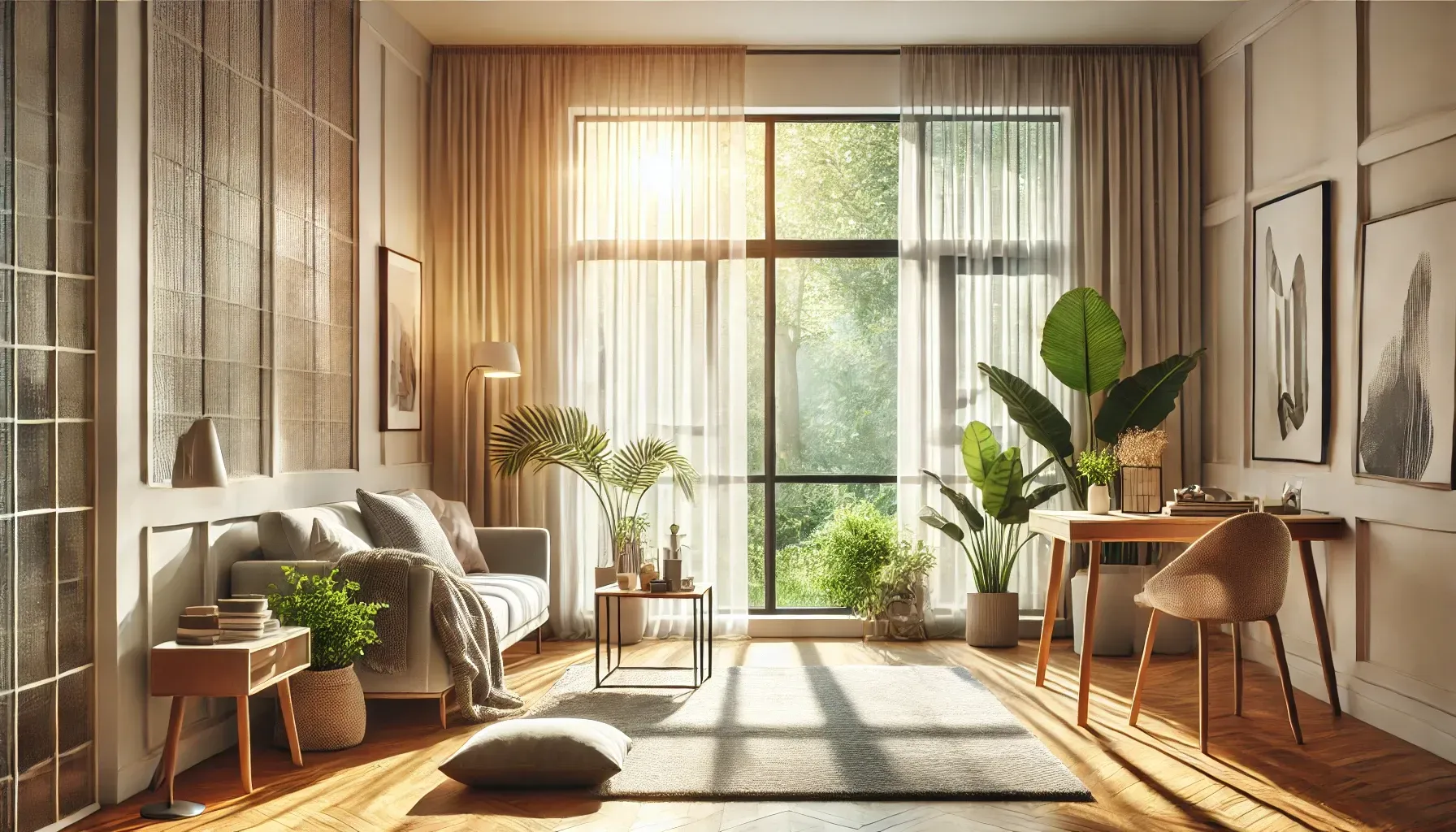
Privacy and natural light are often seen as opposites. Many believe you need to block the sun to keep your home private. That is not true. Smart window treatments let you enjoy daylight while protecting your interior from outside views. This balance improves comfort, saves energy, and makes your rooms feel open and inviting.
Privacy means controlling what outsiders can see inside. Light control means managing brightness, glare, and how daylight spreads. Choosing window treatments is about finding the right point on the privacy-light spectrum.
Understanding Privacy and Daylighting
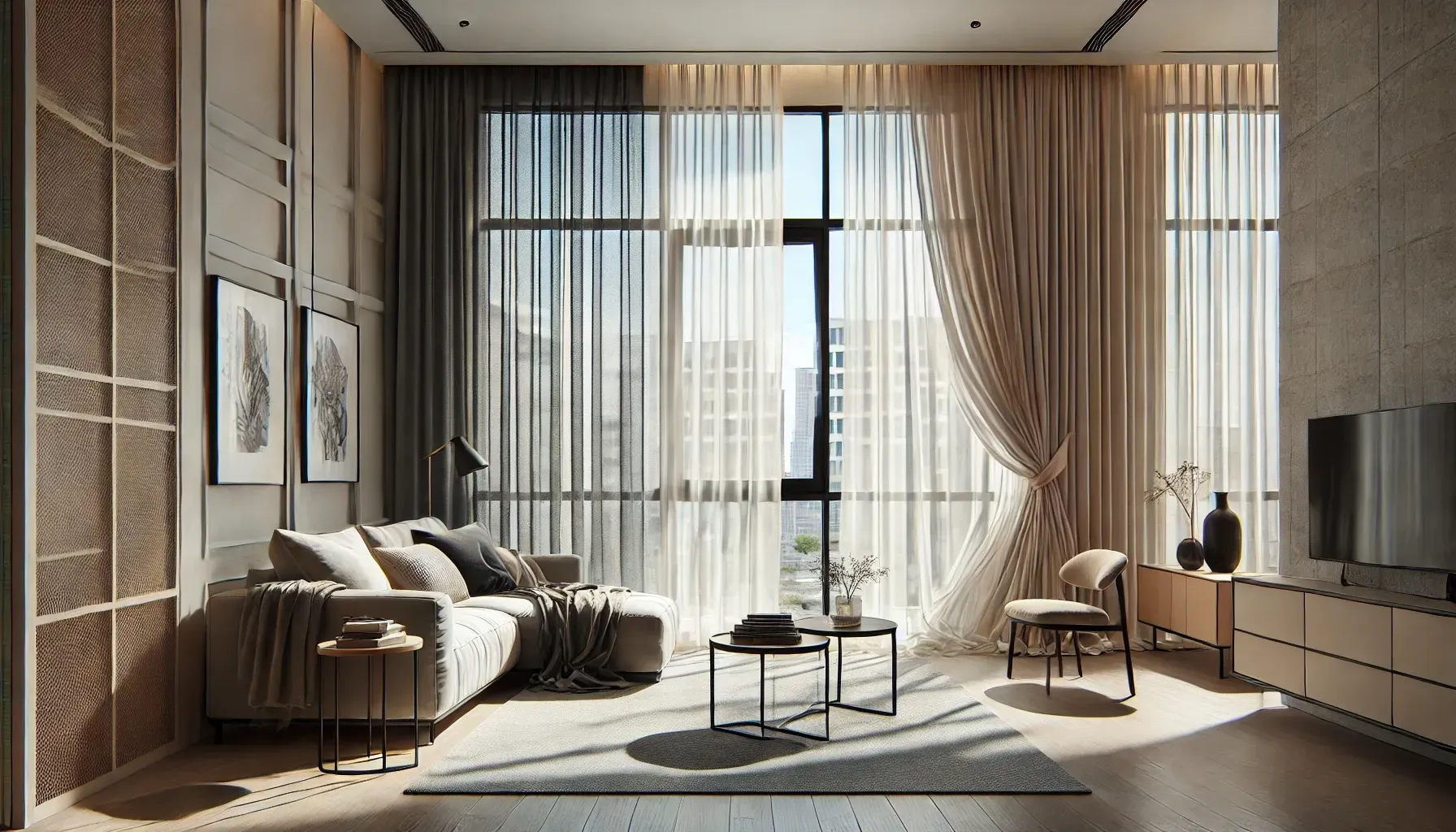
Window coverings work on a scale between opacity and openness.
- High privacy, low light: blackout shades, heavy drapes
- Medium privacy, medium light: light-filtering shades,
blinds
- Low privacy, high light: sheer curtains, open-weave fabrics
Opacity or openness factor measures how tightly woven or solid a material is. A 1 percent openness factor provides strong privacy with limited light. A 10 percent openness factor provides more daylight but allows partial visibility.
Knowing this helps you pick materials that align with your goals.
Best Window Treatments for Privacy Without Blocking Natural Light
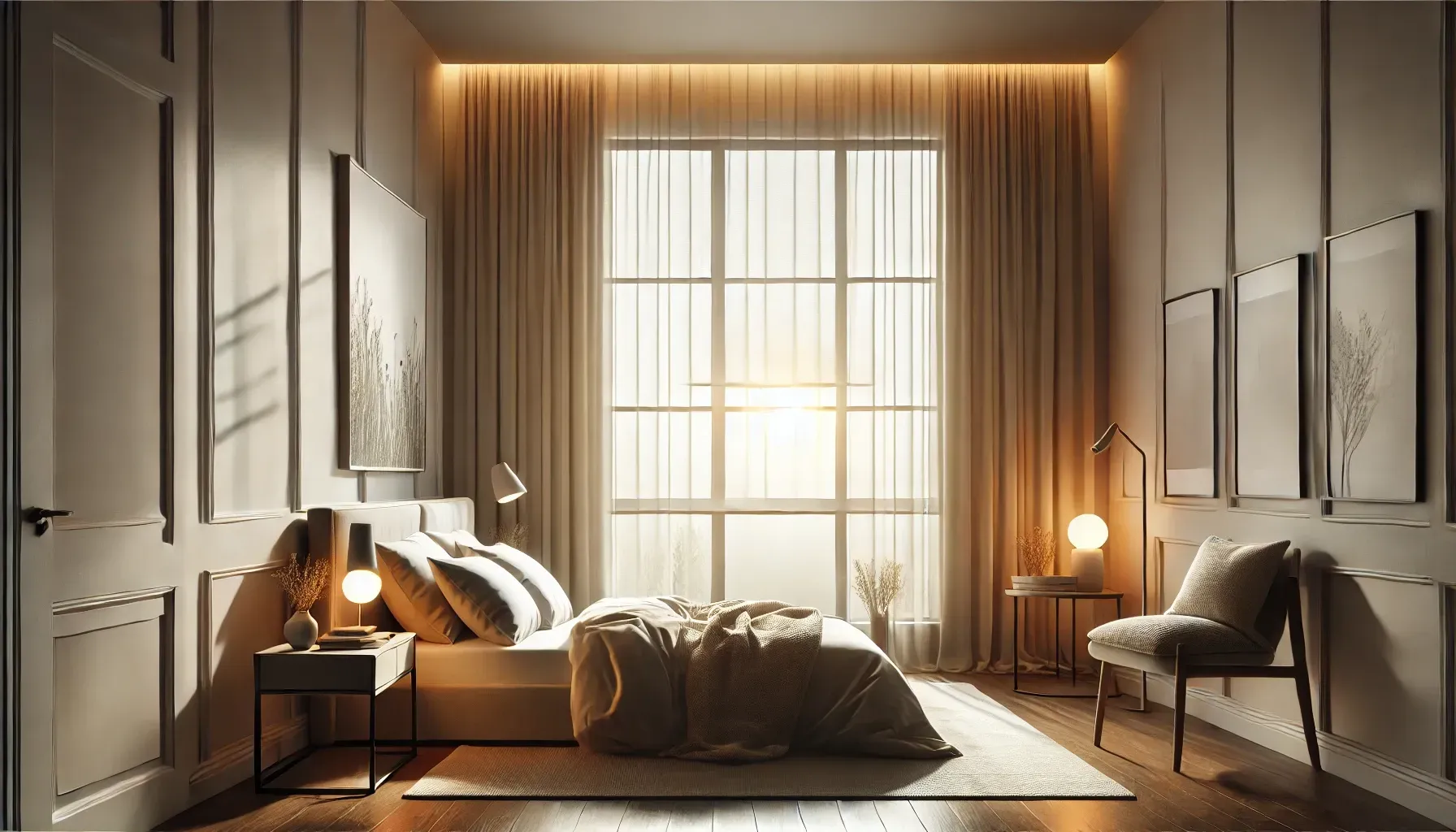
Sheer and Semi-Sheer Shades or Drapes
Sheer fabric diffuses daylight and softens harsh sun. During the day, it provides privacy because the outside is brighter than the inside.
- Pros: Bright, airy, stylish, affordable
- Cons: At night, when indoor lights are on, silhouettes are visible
- Best for: Living rooms and dining spaces where daylight is more important than nighttime coverage
To solve nighttime visibility, layer sheers with heavier drapes or blackout liners.
Light-Filtering Cellular, Roller, or Sunscreen Shades
Light-filtering shades provide privacy while allowing diffused light. They blur outside views but do not darken the room.
- Pros: Balanced privacy and brightness, energy-efficient in cellular form
- Cons: At night, strong interior lighting may still expose shadows
- Best for: Offices, kitchens, and family rooms where both comfort and privacy matter
Dual or Layered Shades
Dual shades combine light-filtering and blackout fabrics. You switch layers depending on time of day. Zebra shades alternate sheer and opaque bands for custom control.
- Pros: Flexible, attractive, energy-efficient
- Cons: Higher cost, more complex installation
- Best for: Homes with varied privacy needs across day and night
Top-Down Bottom-Up Shades
These shades lower from the top or raise from the bottom. This lets you block the lower half of the window for privacy while leaving the upper half open for light.
- Pros: Excellent for street-level windows
- Cons: Slightly higher maintenance due to added hardware
- Best for: Bedrooms, bathrooms, and front-facing rooms
Blinds and Slatted Treatments
Venetian, vertical, or micro-blinds allow angle adjustments. Tilting slats lets you fine-tune privacy and daylight.
- Pros: High control, affordable, versatile
- Cons: Gaps reduce complete privacy, dust buildup
- Best for: Offices and multi-use rooms
Tip: Angling slats upward at 45 degrees gives privacy without cutting brightness.
Shutters
Plantation or tier-on-tier shutters use adjustable louvers. They provide a solid structure with tilting options for privacy and daylight.
- Pros: Durable, timeless, energy-efficient
- Cons: Costlier, require proper framing
- Best for: Bedrooms, living rooms, long-term investment in home value
Window Films and Decorative Glass
Frosted film or patterned glass obscures views but keeps rooms bright. Mirror tint film reflects outward views during daytime hours.
- Pros: Low-cost, effective, simple installation
- Cons: Mirror films lose effect at night when lights are on
- Best for: Bathrooms, entryways, and side windows
Motorized and Smart Treatments
Automated shades connect to remotes, apps, or sensors. They adjust privacy and light at scheduled times.
- Pros: Convenience, integration with smart homes, energy savings
- Cons: Higher upfront investment, reliance on power sources
- Best for: Large homes, skylights, and tech-focused households
Factors to Consider Before Choosing
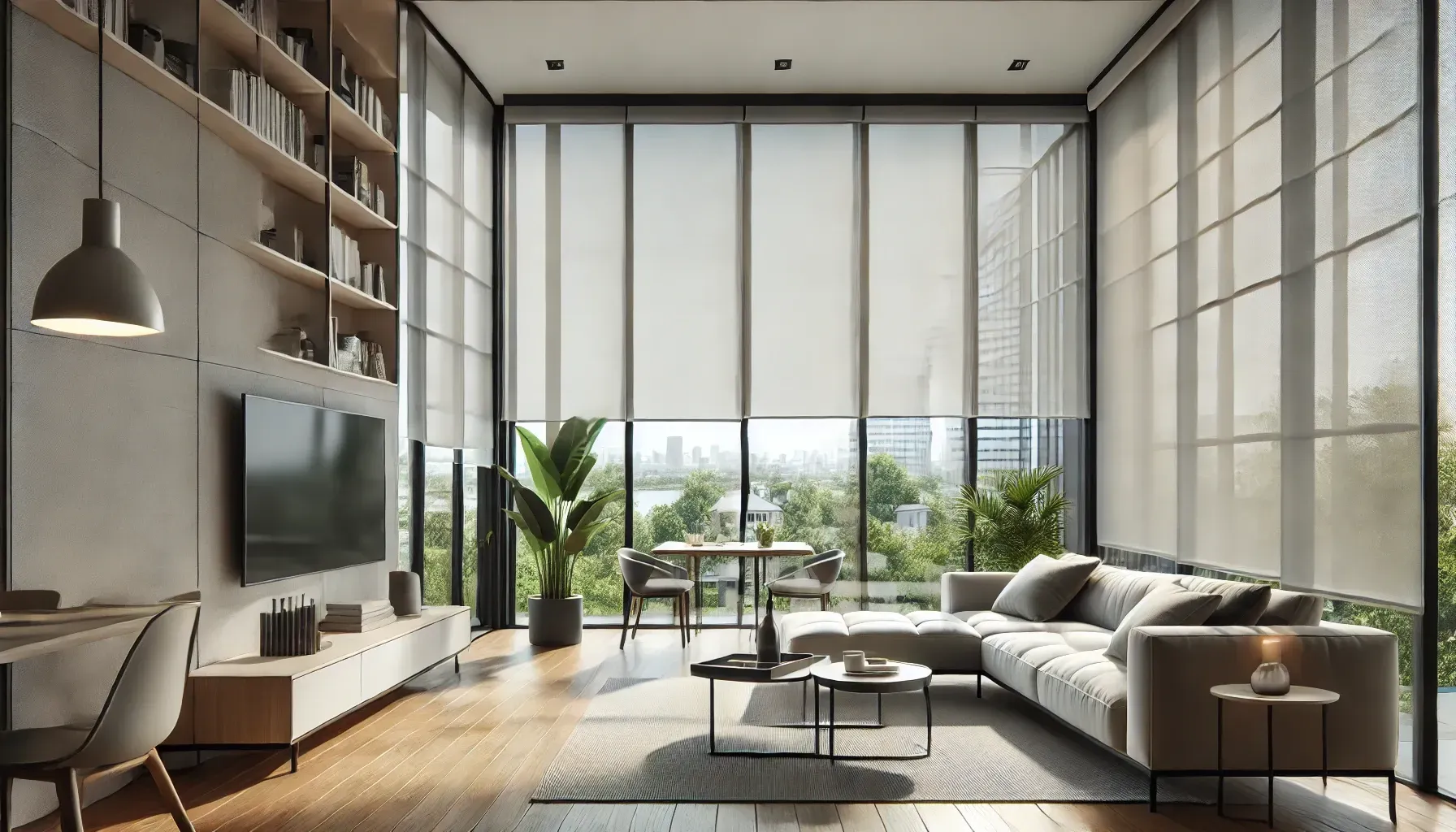
Think through these filters before deciding:
- Room function and privacy level needed
- Day versus night visibility requirements
- Window orientation and natural light flow
- Budget and willingness to invest in advanced solutions
- Style and how treatments complement your interior
- Durability and cleaning needs
- Energy efficiency and insulation benefits
- Automation preferences for ease of use
Comparing Privacy and Light Control Options
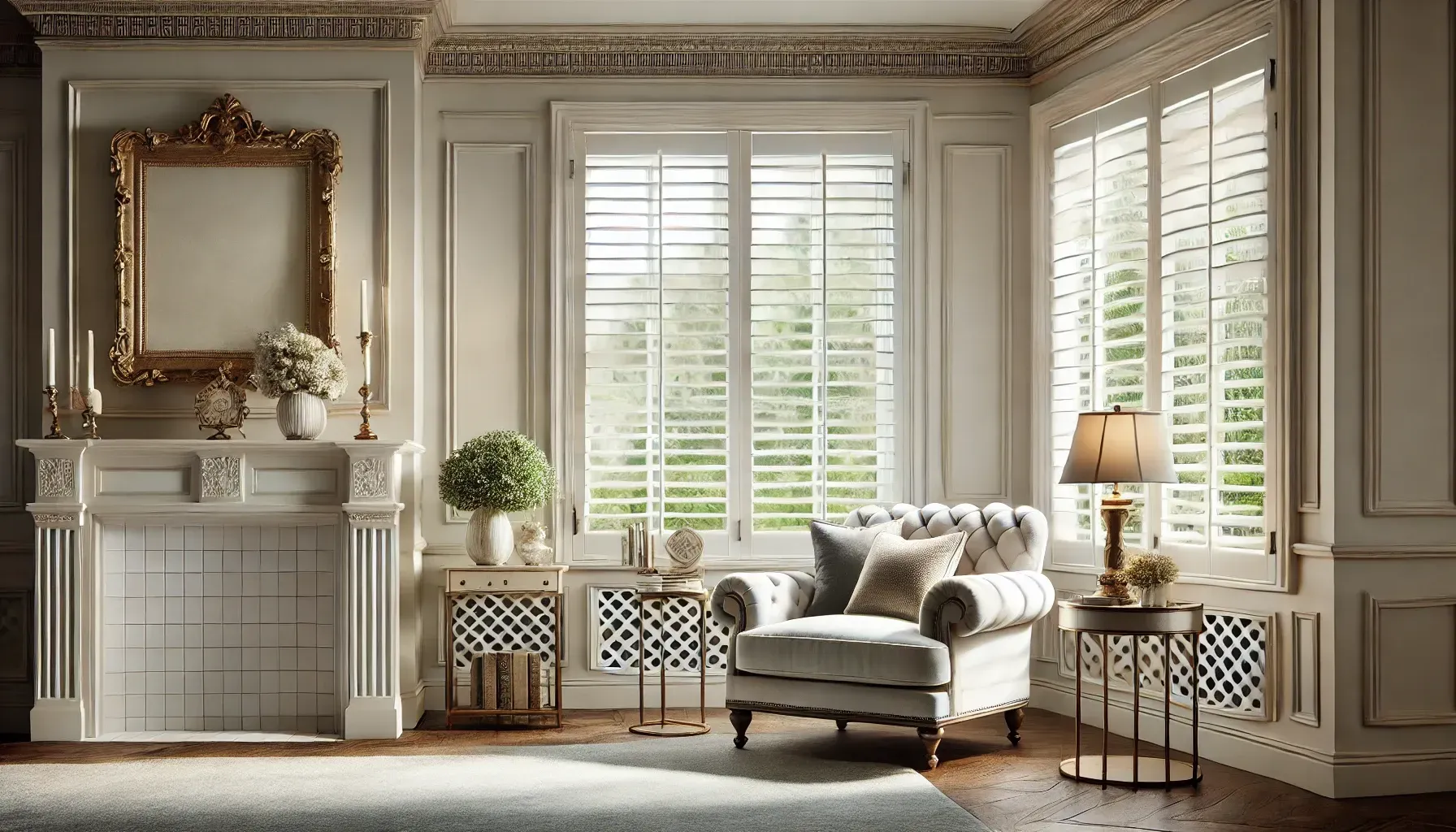
A quick guide for scanning:
- Sheer shades: Low privacy, high light, stylish, need layering at night
- Light-filtering shades: Medium privacy, medium light, great balance
- Dual shades: Flexible, custom, premium look
- Top-down bottom-up: Strong privacy, strong light, excellent for ground floors
- Blinds: Adjustable, affordable, dust prone
- Shutters: Durable, classic, costlier
- Films: Affordable, effective, limited night privacy
- Smart systems: Flexible, modern, higher investment
Room-Specific Strategies
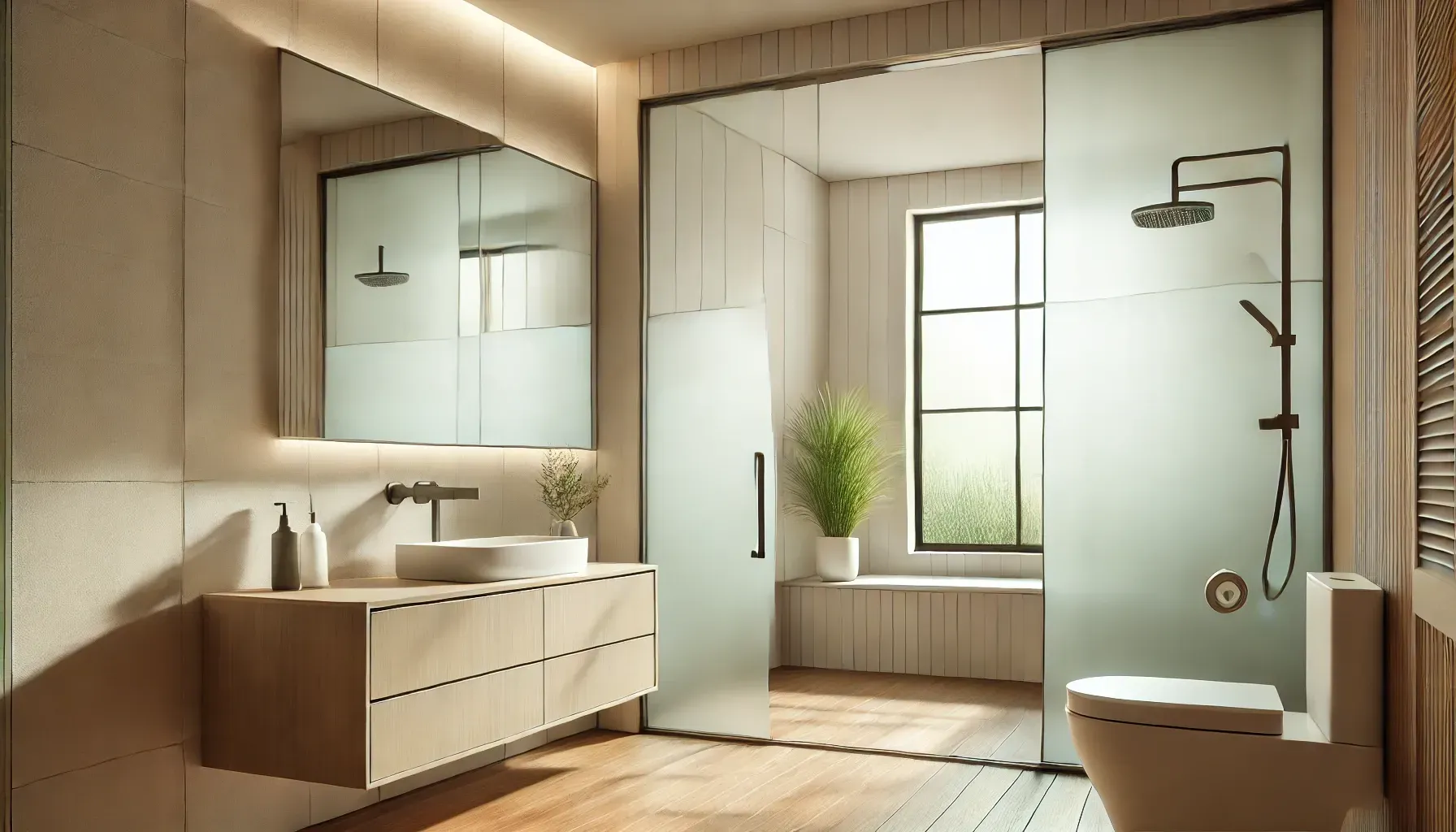
Bedroom
- Use blackout or dual shades to
improve sleep quality. These options block outside light, creating a restful environment.
- Combine with sheer or light-filtering layers for daytime privacy
Bathroom
- Moisture-resistant materials such as faux wood blinds or vinyl shutters
- Frosted or decorative window film for permanent privacy
Living Room or Street-Facing Windows
- Dual shades or zebra shades for flexible control
- Layer sheers with heavier curtains for night use
Office or Study Areas
- Light-filtering shades for glare reduction
- Blinds with adjustable slats for computer work
Kitchen and Dining
- Shades that balance privacy with easy cleaning
- Woven wood shades with liners for style and function
Installation and Optimization Tips
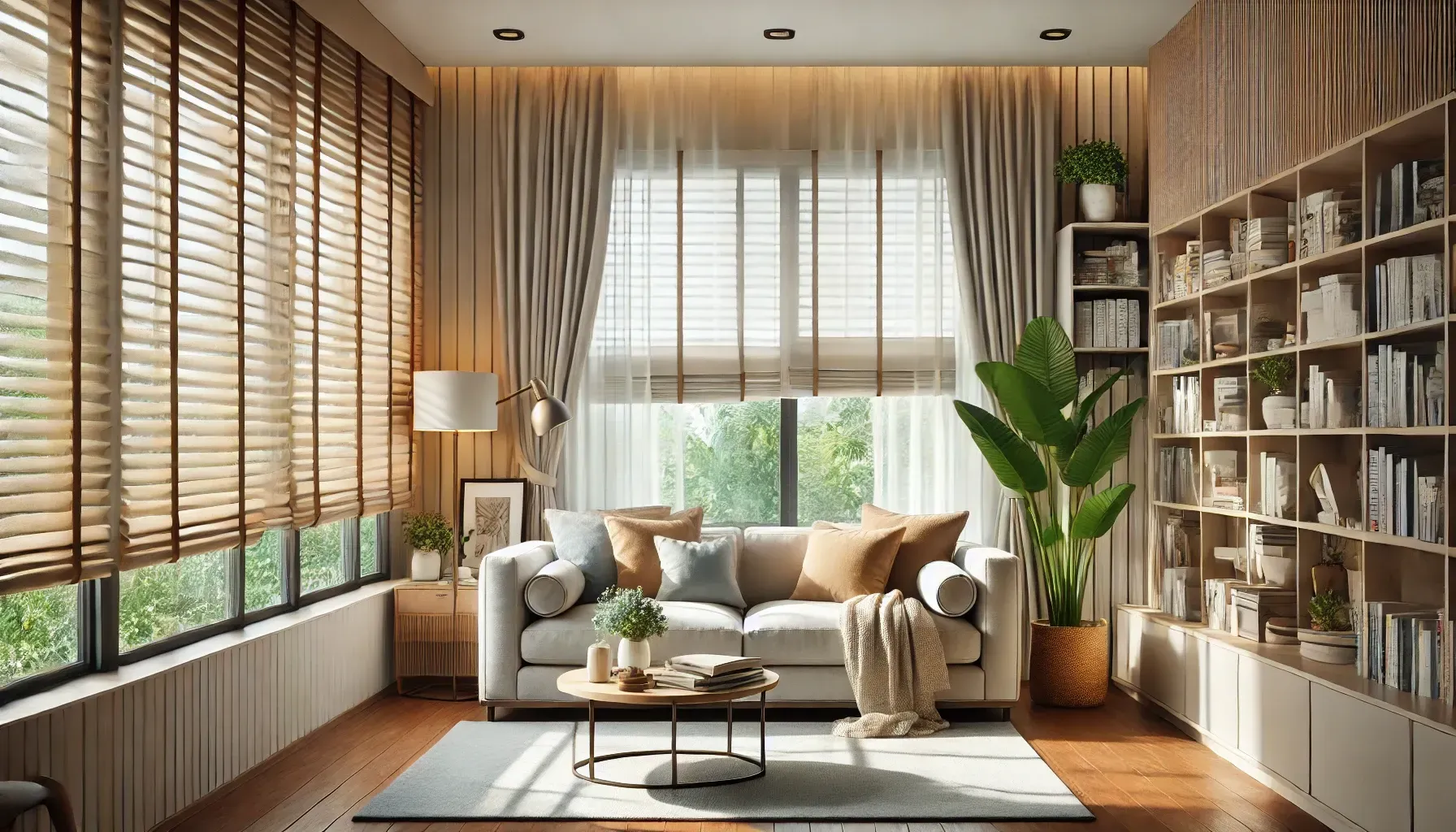
- Inside mount for a sleek look, outside mount for reduced gaps
- Overlap fabric or slats slightly to minimize light leaks
- Tilt blinds upward at 45 degrees for best privacy and light
- Place sensors for automated shades near windows with direct sun
- Clean fabrics with vacuum attachments and slats with microfiber
Addressing Common Challenges
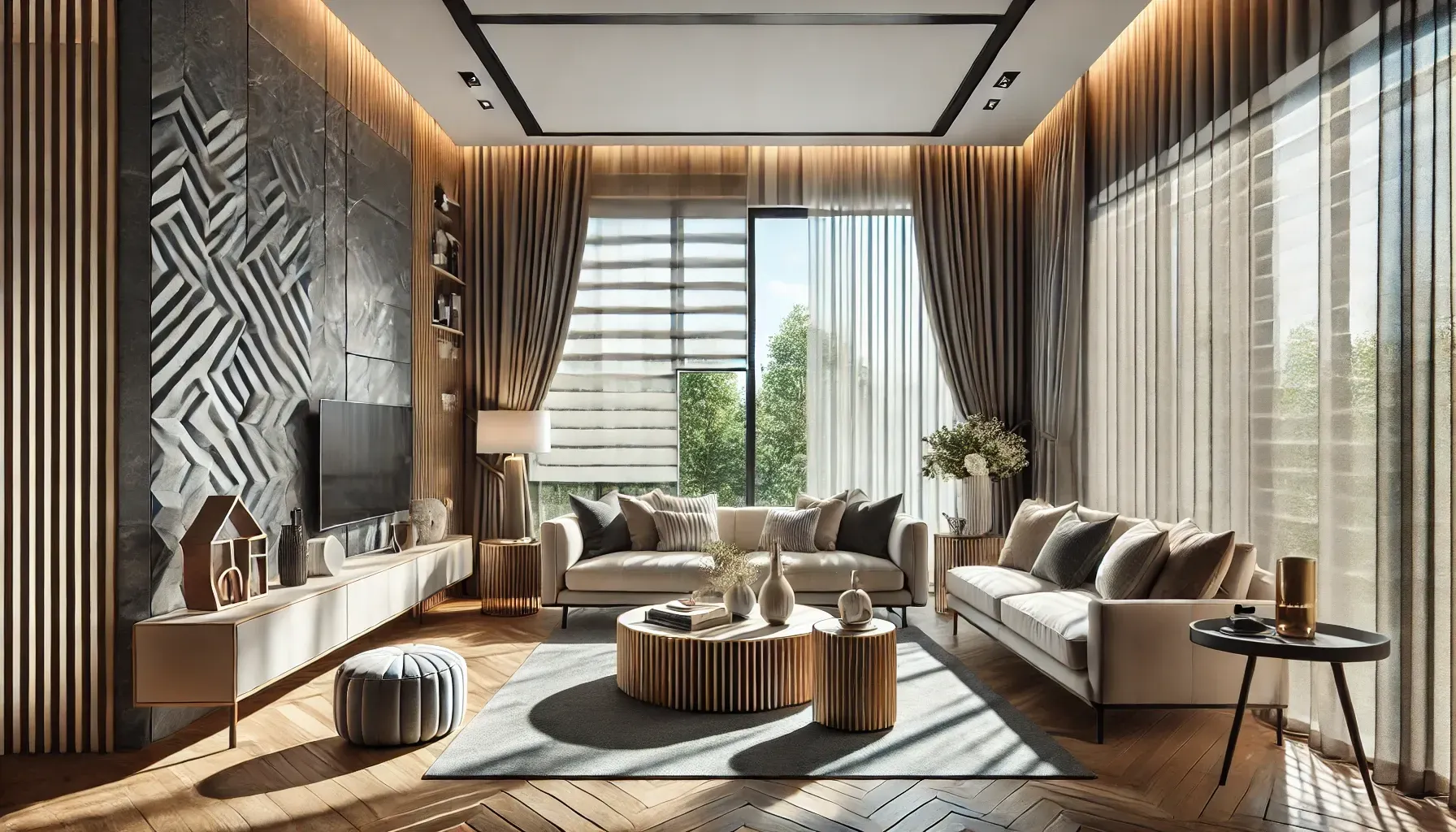
- Nighttime privacy: Layer treatments or add blackout liners. For homes near busy streets, consider
Noise-Blocking Window Treatments to reduce outside disturbances while maintaining light control.
- High humidity rooms: Use moisture-proof materials like faux wood
- Odd-shaped windows: Custom shades or shutters fit unique frames
- Desire to see outside: Use sheer or layered treatments
- Budget limits: Films and roller shades provide affordable solutions
- Power outages with smart shades: Manual override options keep control
FAQs
Do sheer shades provide privacy at night
No, sheer shades lose privacy when lights are on inside. Pair them with blackout liners or drapes.
Which treatment gives privacy while letting in daylight
Light-filtering shades and top-down bottom-up cellular shades are top choices.
Are motorized privacy shades worth it
They save time, add convenience, and improve energy efficiency. For large windows, they are highly practical.
Do layered treatments make rooms dark
No, layering allows flexibility. Use sheers during the day and heavier layers at night.
Is window film a good option
Yes, frosted or decorative films provide privacy while keeping daylight. For nighttime, pair with curtains.
Practical Roadmap for Choosing Window Treatments
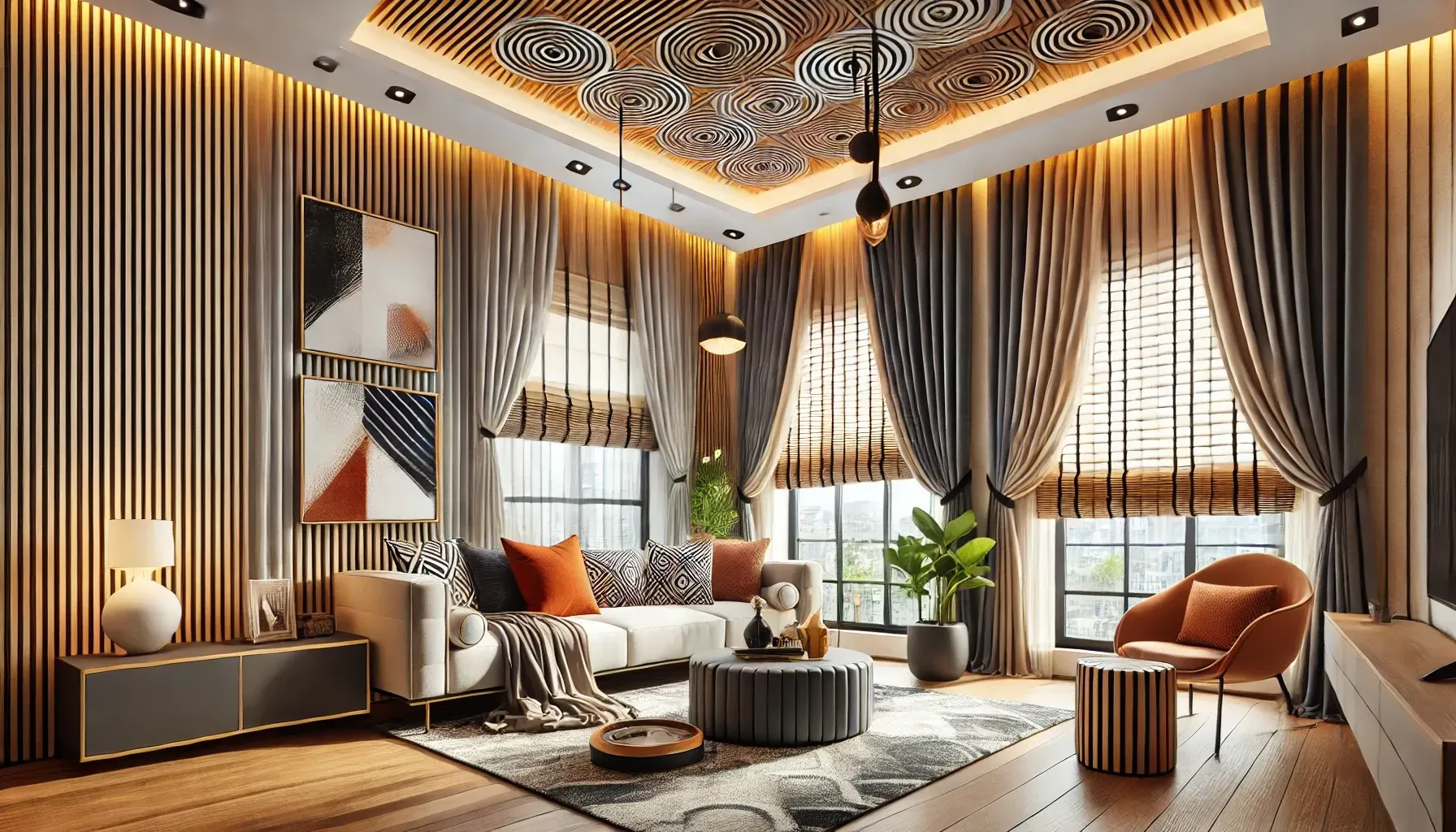
- Identify room needs
- Decide privacy priority
- Measure desired light levels
- Compare options using the privacy-light matrix
- Test samples at different times of day
- Consult professionals like
Shop Love Is Blinds for tailored solutions
Expert Recommendation from Shop Love Is Blinds
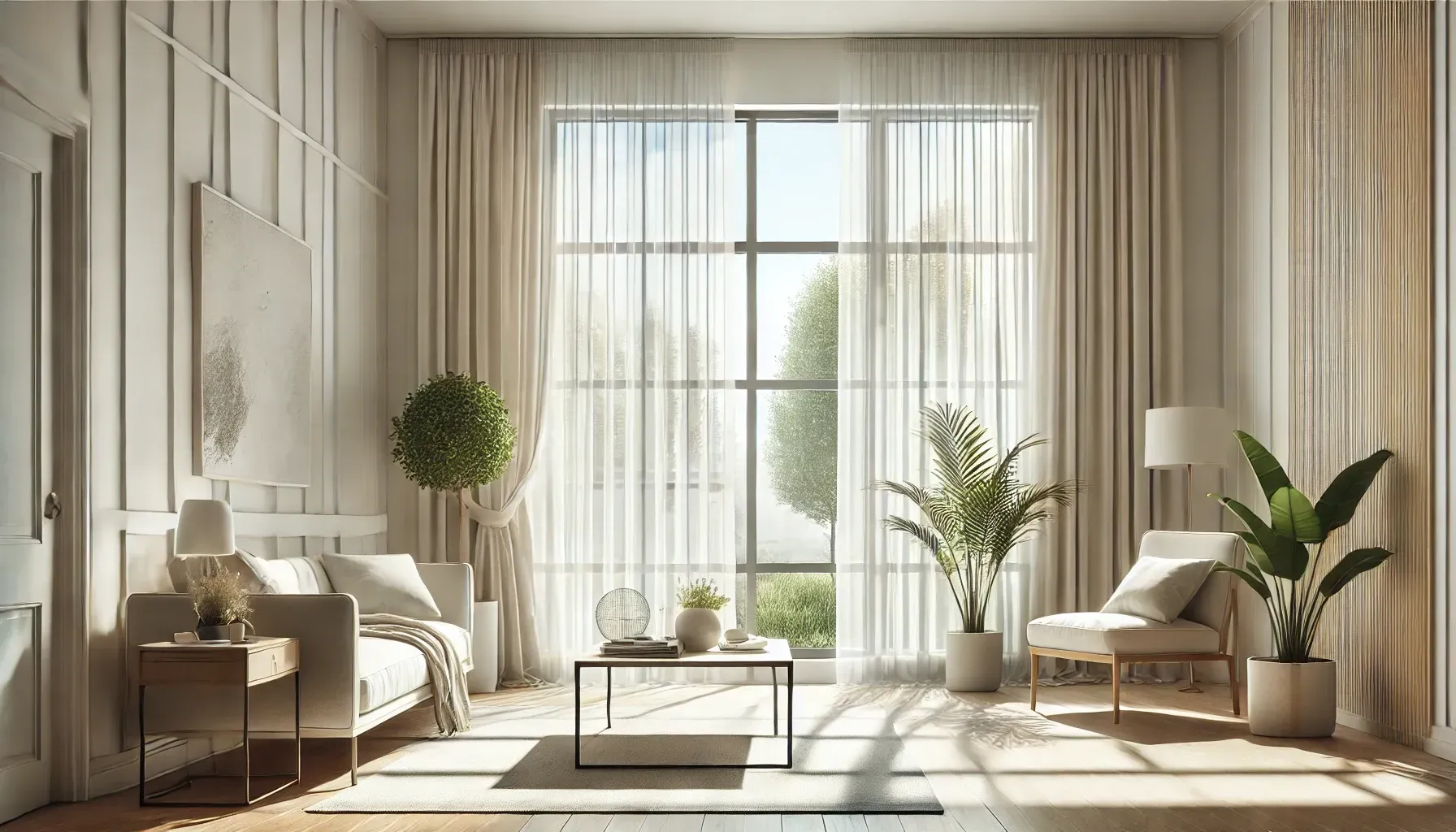
Window treatments are about more than covering glass. They influence comfort, energy use, and how your home feels. Shop Love Is Blinds advises homeowners to test samples and think about day and night separately. The right choice blends privacy, natural light, and design.
When you invest in shades,
shutters, or films that respect both light and privacy, you gain more than control. You shape how you live in your space every day.
Need to setup a Repair Appointment?



